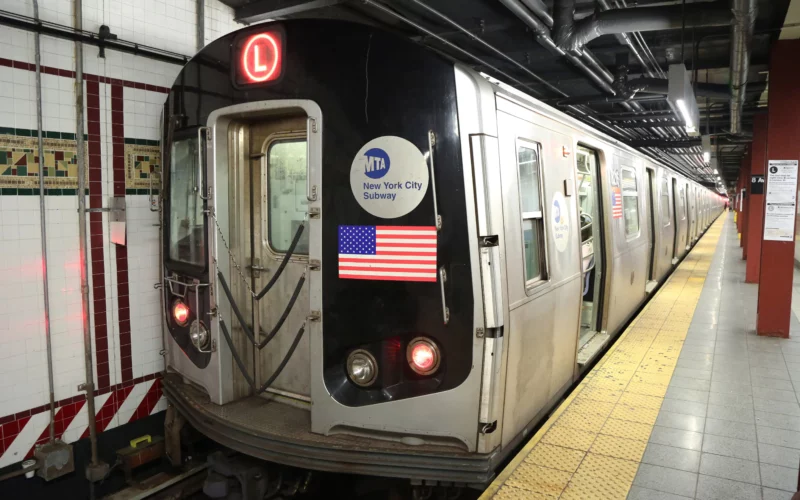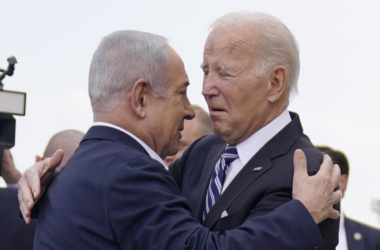New York City’s Metropolitan Transportation Authority (MTA) is exploring innovative measures to address the rampant issue of fare evasion on its subways and buses. The MTA is considering a contract worth up to $1 million for a psychologist to study the behavior of fare evaders, aiming to understand their motivations and find new solutions. This change occurred after traditional methods, such as increased police control, did not show success in solving the problem.
Of the approximately 5 million daily riders on New York City’s subways and buses, around 900,000 evade paying fares, according to MTA statistics. Specifically, 13.6% of subway riders and nearly half of all bus riders do not pay. This widespread evasion contributes to an estimated loss of $700 million this year.
The MTA’s request for proposals seeks a candidate with a background in behavioral sciences, psychology, sociology, or related fields, and offers a six-month contract worth between $500,000 and $1 million. The goal is to analyze fare evaders based on their motivations and socioeconomic backgrounds, and to develop innovative solutions.
The MTA acknowledges that historic approaches, such as physical barriers, fare inspections, and penalties, have been costly and sometimes controversial, with limited success. The agency hopes to go beyond enforcement and change civic behavior related to transportation.
Examples from other countries have inspired this approach. In Colombia, mimes at traffic intersections successfully reduced traffic fatalities, and a similar program in Bolivia uses costumed zebras to promote traffic safety.
Despite skepticism from some quarters, including retired NYPD inspector Paul Mauro, who likened the proposal to a parody, the MTA remains committed to finding new ways to tackle fare evasion. Mauro advocates for a return to the “Broken Windows” theory of policing, which emphasizes cracking down on minor offenses to prevent more serious crimes.
Earlier this year, hundreds of National Guard troops were deployed to assist with subway safety in response to a spike in transit crimes. Despite these measures, fare evasion and related crimes remain significant issues.
The “Broken Windows” theory, popularized in the 1990s by former Mayor Rudy Giuliani, posits that low-level crimes like fare evasion create an atmosphere that encourages more serious offenses. Recent NYPD data shows an 88.5% increase in fare evasion arrests this year, with officers issuing 53,000 summonses and recovering 16 firearms from fare evaders.
The MTA’s new approach aims to complement existing efforts to ensure safety and fairness within the subway system. Analyzing fare evaders’ behavior could lead to effective strategies for reducing nonpayment.
Dr. Katherine Kuhlman, a criminal and police psychologist, supports the MTA’s strategy, noting that similar studies in other cities have yielded valuable insights. For example, a 2015 study in Melbourne, Australia, categorized fare evaders and implemented targeted measures that significantly reduced fare evasion.
While the $1 million contract might seem steep, it is a small fraction of the MTA’s annual budget of nearly $19.4 billion. The investment could potentially lead to substantial savings by reducing fare evasion.
Ultimately, understanding the underlying reasons for fare evasion could help the MTA develop effective strategies to address the issue, ensuring the sustainability of New York City’s public transit system.








